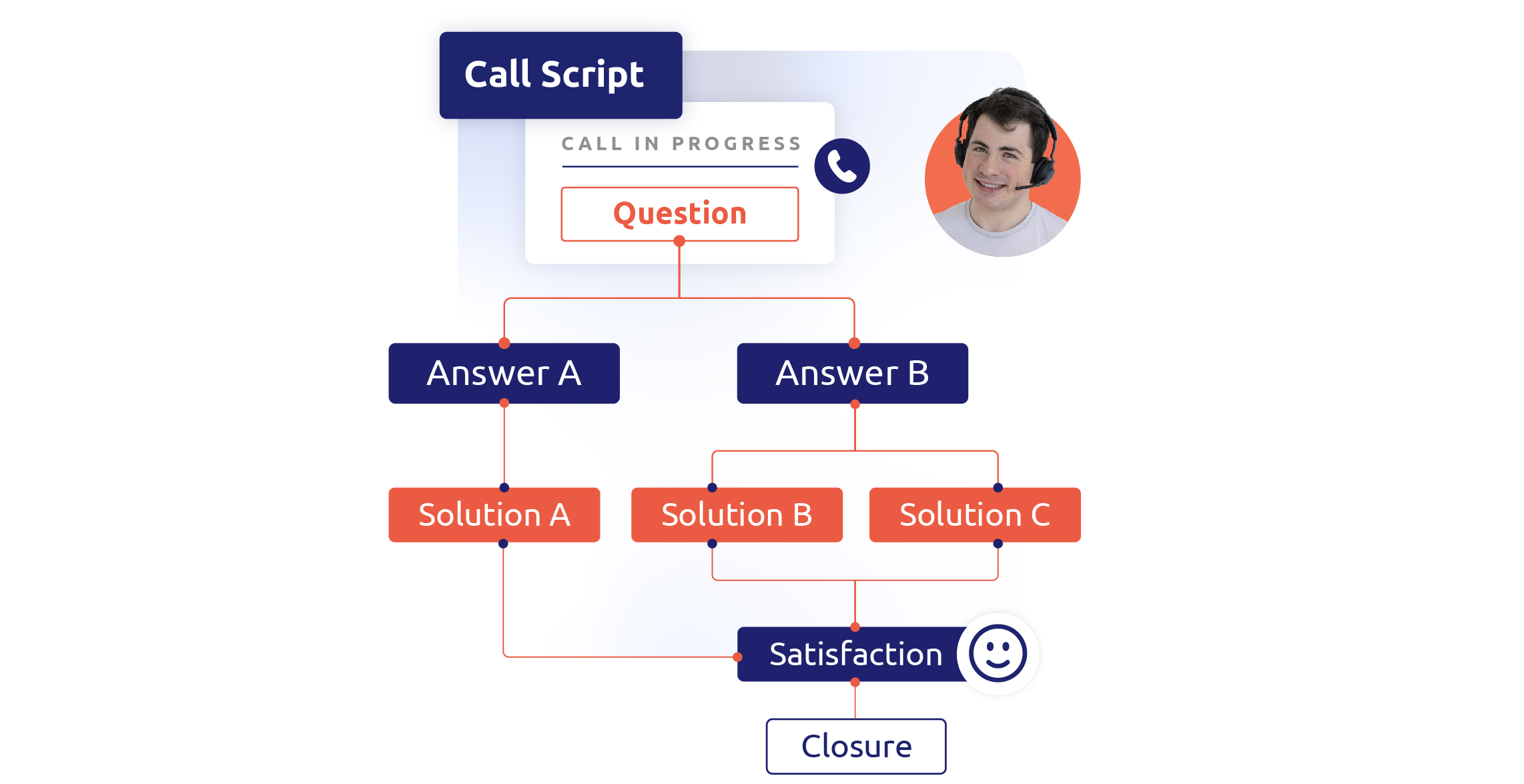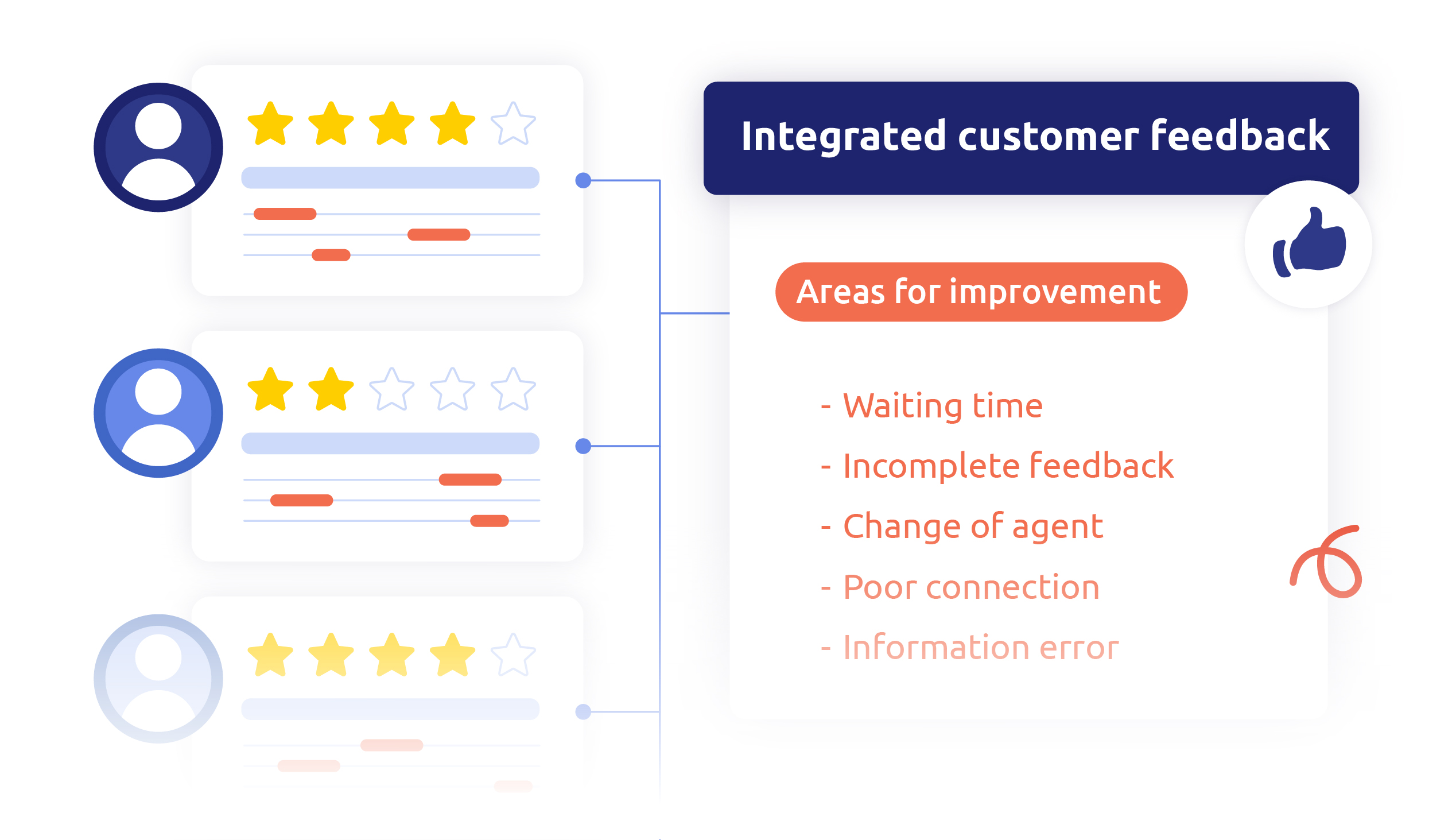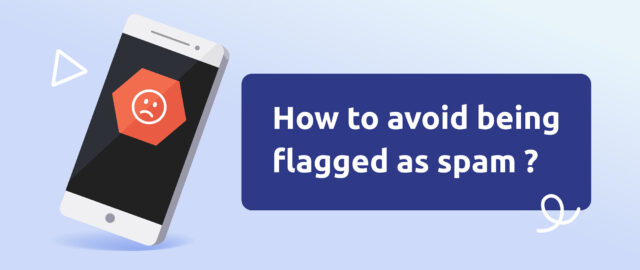Knowing and complying with regulations
The success of outbound calling campaigns depends on in-depth knowledge and strict compliance with current regulations.
In the United Kingdom, the regulation of spam calls is primarily governed by two key pieces of legislation: The Privacy and Electronic Communications (EC Directive) Regulations 2003 (PECR) and the General Data Protection Regulation (GDPR), as incorporated into UK law as the UK GDPR. The PECR specifically targets unsolicited marketing calls, requiring organizations to have explicit consent from individuals before making such calls, unless the recipient has previously purchased from the caller and was given an easy opt-out option at the time of collection and with every subsequent communication. The GDPR and UK GDPR set out broader principles for the processing of personal data, including lawful, fair, and transparent processing, which applies to the use of personal data in marketing calls. Additionally, the Information Commissioner’s Office (ICO) plays a crucial role in enforcing these regulations and has the power to issue significant fines to those who breach the rules.
In contrast, the United States addresses spam calling through several laws and regulations, most notably the Telephone Consumer Protection Act (TCPA) of 1991, the Truth in Caller ID Act of 2009, and the TRACED Act of 2019. These laws collectively restrict the use of automated dialing systems, prerecorded messages, and caller ID spoofing, requiring prior express written consent for telemarketing calls and establishing both the National Do Not Call Registry and significant penalties for violations. The enforcement of these regulations is carried out by the Federal Communications Commission (FCC) and the Federal Trade Commission (FTC), which also provide mechanisms for consumers to report unwanted calls. While both the UK and the US have taken legislative steps to combat spam calls, the specific regulations and enforcement agencies differ, reflecting each country’s approach to protecting consumers from unsolicited and potentially harmful communications.

Segment and qualify your database
Precise contact segmentation reduces the risk of your calls being considered spam by targeting the most relevant prospects.
Segmenting your database means dividing your contacts into specific groups according to criteria such as age, geographical location, interests and past purchasing behavior. Contact segmentation enables you to tailor your message and offer to the particularities and needs of each group.
Once the segmentation has been carried out, the qualification of your prospects consists in assessing the degree of interest and the probability of conversion of each prospect. The aim is to concentrate your efforts on the most promising contacts, i.e. those who have shown an interest in your products or services, or who correspond to your ideal customer profile. Qualification can be achieved by analyzing historical data, previous interactions with your company or the level of engagement with past campaigns.
It’s also important to keep your database up to date to ensure the relevance and effectiveness of your outbound calling campaigns. This includes regularly deleting obsolete or irrelevant contacts, but also enriching your database with new information collected during each interaction. A well-maintained database is an invaluable asset to any telemarketing strategy. It reduces costs, increases call efficiency and boosts customer satisfaction.
Personalize the dialogue with your prospects
Personalized dialog reduces the perception of telephone spam by treating each prospect as a unique individual.
The first step in offering the right level of personalization is to collect and analyze customer data. This data includes basic information such as name, age or location, but also more detailed data on your prospects’ or customers’ buying habits, preferences and previous interactions with your company.
When you initiate a call, using the prospect’s name and referring to previous interests or interactions are simple but still effective techniques for capturing attention and showing your prospect that you’re genuinely interested in them.
It’s also important to adapt the tone and style of communication to the prospect’s profile. For example, formal language may be more appropriate for an experienced professional, while a more casual approach may be preferable if you’re addressing a younger target.
Personalization should also be reflected in the offers you present. Once again, the level of personalization depends on how well you know your prospects.
A lack of personalization in the dialogue is the royal road to your cold calling being equated with telephone spam. By adopting a personalized approach in your outbound calling campaigns, you not only show that you value your prospects as individuals, you also maximize your chances of commercial success.

Use call scripts
The use of call scripts is an essential strategy for avoiding the trap of telephone spam while optimizing the success of outbound calling campaigns. Far from being a rigid outline, these scripts should serve as a guide for your agents, enabling them to keep the conversation flowing while covering the key points necessary for conversion.
Call scripts are first and foremost designed to give structure to the call, while leaving enough flexibility for the agent to personalize the conversation according to the prospect’s specific reactions and needs. This involves preparing several possible routes within the script, creating what are known as “dynamic” scripts.
Here are some tips for creating effective scripts:
- The first step is to clearly define the objective of the call, whether it’s to book an appointment, make a sale or simply qualify a prospect.
- The script should incorporate open-ended questions that encourage the prospect to talk about themselves and their needs – all valuable information that will help the agent steer the conversation in the right direction.
- It’s also important to anticipate objections or frequently asked questions and prepare appropriate answers. This enables agents to respond with confidence and relevance. Prepared answers must remain flexible, giving agents the latitude to adjust their discourse to the specific context of each call.
The use of precise yet flexible scripts helps to create lively, effective exchanges, far removed from the impersonal coldness of telephone spam.

Training and motivating teams
Team training is a prerequisite if you want to create outbound call campaigns that are not akin to telephone spam.
Thorough, ongoing training helps instill best practices and techniques. Agents need to be trained not only on the technical aspects of calls, but also on the importance of empathy and personalization in every interaction.
It’s also important to motivate your staff, so as to get them on board with the quality approach you’re aiming for. Incentives can range from financial rewards to team recognition and professional development opportunities.
Investing in agents’ ongoing professional development with training in new technologies, advanced communication strategies and telemarketing regulations ensures that teams stay at the cutting edge of their profession. This not only helps them avoid practices that could be considered telephone spam, but also improves the overall effectiveness of outbound calling campaigns.
Adopt appropriate technologies
Equipping yourself with the right technologies will not only help you optimize your processes, but also offer a better experience to the people you contact as part of your campaigns.
Diabolocom’s outbound call management software offers a range of features to improve productivity, call quality and help you create effective calling campaigns that are not perceived as telephone spam :
- Call automation. Automating repetitive tasks enables agents to concentrate on human interaction with prospects and customers. Diabolocom software offers a range of automation tools, from telephone dialing and call scheduling to automatic answering machine detection.
- Campaign personalization: Diabolocom lets you segment your prospecting files and personalize messages according to the recipient’s profile.
- Performance management and analysis: By providing intuitive dashboards and analysis tools, Diabolocom helps companies track campaign performance in real time. Key performance indicators (KPIs) are easily accessible, enabling strategies to be quickly adjusted to optimize results.
- Integration with other systems: Diabolocom provides connectors with the main CRM solutions on the market to facilitate synchronization of information between the two systems.
Continuous analysis and adjustment
We advise you to continuously analyze and adjust your practices to prevent your prospects from perceiving you as a spammer, and to ensure the long-term success and optimization of your outbound calling campaigns.
Performance analysis
The first step is to gather detailed data on the performance of your outbound call campaigns. This involves closely monitoring key performance indicators (KPIs) such as conversion rate, response rate, cost per acquisition and customer satisfaction. Diabolocom software provides access to advanced reporting.
Adjusting strategy
Based on the performance analysis, we recommend that you identify the aspects that are working well and those that are not producing the desired results. Adjustments can be as varied as modifying call scripts, realigning campaign objectives, adjusting target lists or improving agent training techniques.
Experimentation and A/B testing
Experimentation is an integral part of continuous improvement. A/B testing on different elements of your campaigns (such as scripts, call times, or teaser messages) can provide valuable insights into what resonates best with your audience. This data-driven approach allows you to make informed decisions and gradually refine your tactics.
Integration of customer feedback
Customer feedback is a valuable source of information. Whether it’s direct feedback gathered during calls or comments left on other channels, this information can help you understand your audience’s perceptions and expectations. Incorporating this feedback into the fine-tuning process ensures that your campaigns remain aligned with your customers’ needs and preferences.

Conclusion
By implementing the strategies and best practices outlined in this guide, you can ensure that your outbound call campaigns are welcomed by consumers rather than being seen as telephone spam. We have provided essential tips for crafting campaigns that are both successful and respectful of consumer preferences. Diabolocom is here to support you in reaching your goals. If you’re curious about our approach or our software solutions, please feel free to reach out for a demonstration.
Curious about our approach or our software solutions?




